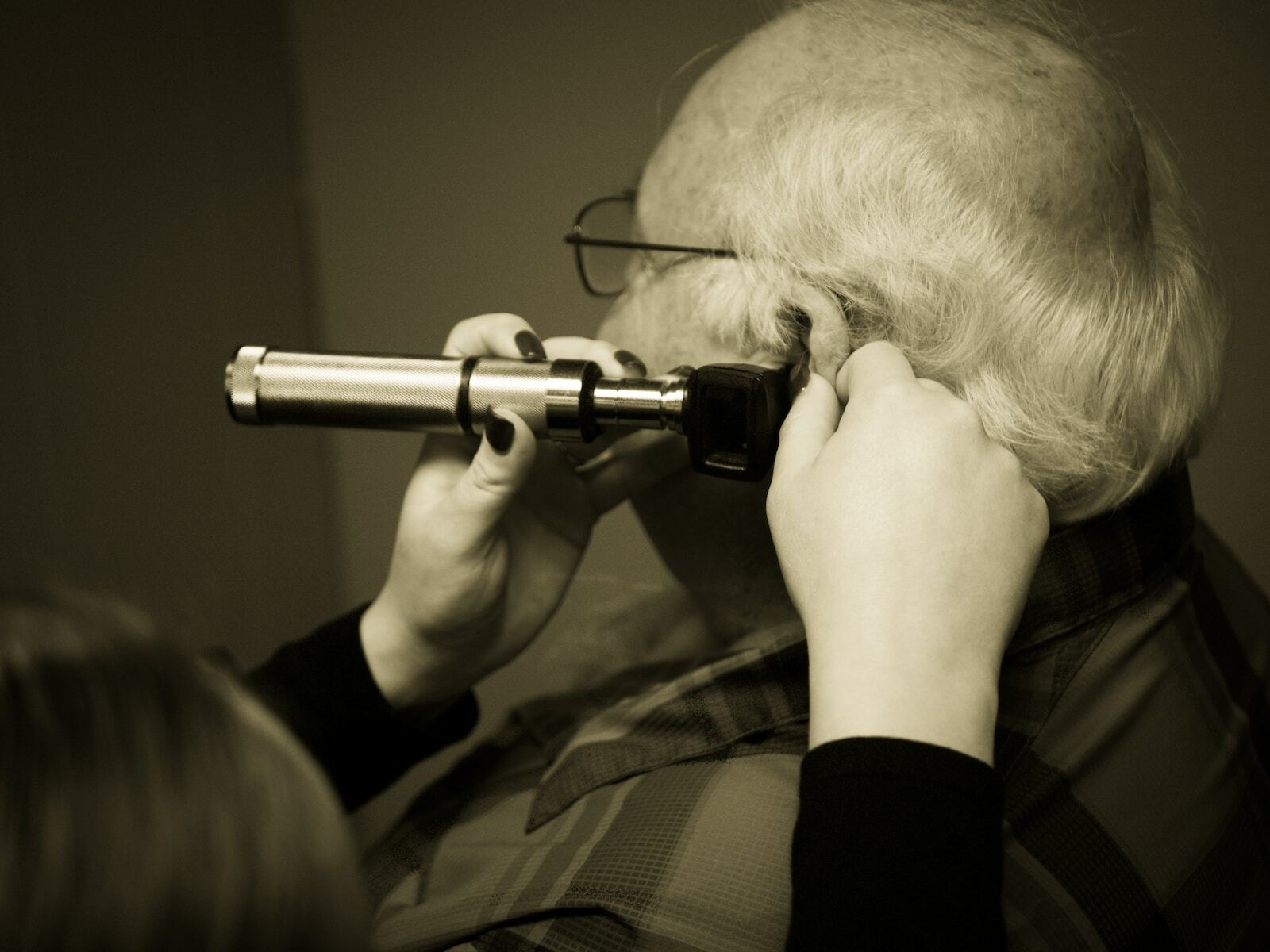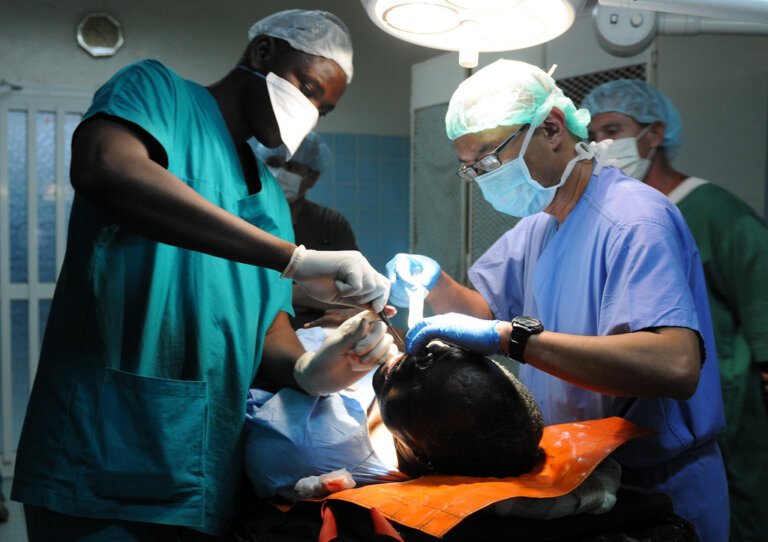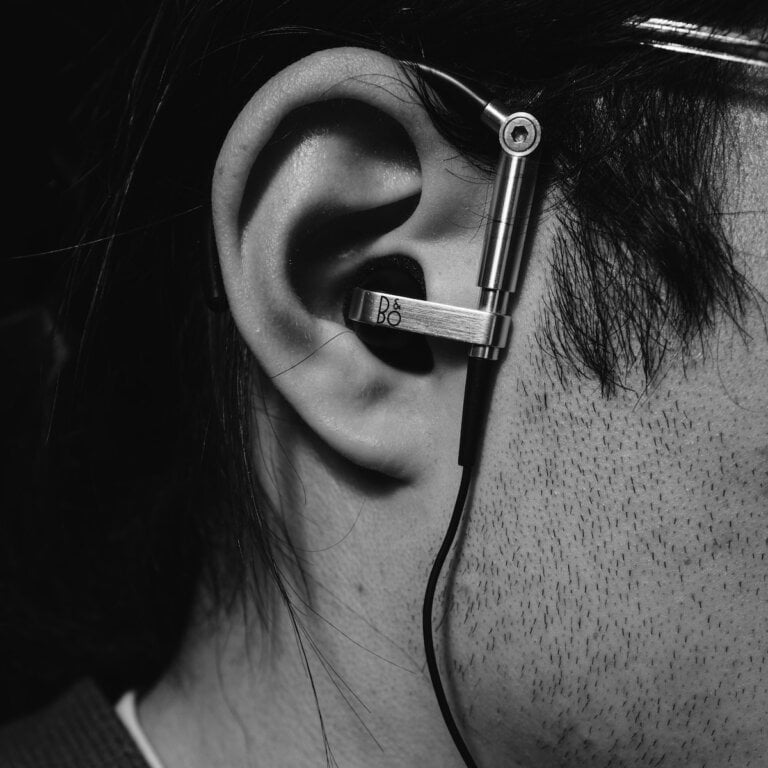Building Foundations: A Look at Entry-Level Jobs in Manual Instrument Ear Wax Removal
Manual instrument ear wax removal has gained significant popularity in recent years, leading to a surge in job opportunities for professionals skilled in this field. As the demand for safe and effective ear wax removal methods increases, individuals with expertise in manual instrument techniques are becoming highly sought after. This article explores the advanced job opportunities available in the manual instrument ear wax removal industry and the skills required to excel in these roles.
Overview of Manual Instrument Ear Wax Removal
Manual instrument ear wax removal involves the cautious and skilled use of various tools and techniques to remove excess ear wax from the ear canal. Unlike other methods such as ear syringing or ear candling, manual instrument techniques offer a more precise and controlled approach to ear wax removal. This method typically requires the use of specialized tools such as curettes, forceps, suction devices, and microscopes for enhanced visibility.
Manual instrument ear wax removal is a meticulous process that requires expertise in handling delicate instruments and ensuring the complete and safe removal of ear wax. Professionals in this field must have a thorough understanding of ear anatomy, including the structures involved in the ear wax accumulation process. They need to be familiar with the different types of ear wax, such as wet or dry wax, as well as any underlying conditions that may affect the removal process.
The Growing Demand for Manual Instrument Ear Wax Removal Professionals
Due to various factors such as the increasing awareness of the potential risks associated with improper ear wax removal methods and the preference for non-invasive procedures, manual instrument ear wax removal has become a preferred choice for many individuals. Consequently, the demand for professionals skilled in this technique has grown significantly.
The growing demand for manual instrument ear wax removal professionals has led to the creation of various job opportunities in this field. These opportunities include positions such as ear wax removal specialists, audiologists, and ENT nurses, each playing a crucial role in providing safe and effective ear wax removal services.
Job Opportunities in Manual Instrument Ear Wax Removal
-
Ear Wax Removal Specialist: An ear wax removal specialist is a highly trained professional who specializes in manual instrument techniques. They are responsible for evaluating patients’ ear wax conditions, selecting the appropriate tools and techniques, and safely removing the excess wax. These specialists often work in specialized clinics, audiology practices, or ENT (ear, nose, and throat) clinics.
- Responsibilities:
- Conducting thorough examinations of patients’ ears to assess the extent of the wax buildup and any associated complications.
- Determining the safest and most effective method of ear wax removal based on the individual’s condition.
- Performing manual instrument ear wax removal procedures with precision and care, ensuring the patient’s comfort and safety.
- Providing post-procedure care instructions to patients, including advice on proper ear hygiene and preventive measures.
- Maintaining accurate records of patient visits and procedures performed to track progress and ensure continuity of care.
- Responsibilities:
-
Audiologist: Audiologists are healthcare professionals specializing in the diagnosis and treatment of hearing and balance disorders. Many audiologists have also expanded their skill set to include manual instrument ear wax removal as part of their practice.
- Responsibilities:
- Conducting comprehensive assessments to evaluate patients’ hearing abilities, including tests for the presence of excess ear wax.
- Identifying and diagnosing ear wax accumulation and related issues, such as impacted wax or blockages.
- Performing manual instrument ear wax removal procedures when necessary, ensuring patient comfort and safety.
- Counseling patients on proper ear wax management and prevention strategies to minimize the risk of future complications.
- Collaborating with other healthcare professionals, such as ENT specialists or primary care physicians, to provide holistic care for patients with ear wax issues.
- Responsibilities:
-
ENT Nurse: ENT nurses, also known as otolaryngology nurses, work closely with ENT specialists and play a crucial role in various procedures, including manual instrument ear wax removal.
- Responsibilities:
- Assisting in patient assessments and evaluations, including documenting the patient’s medical history and symptoms related to ear wax accumulation.
- Assisting during manual instrument ear wax removal procedures, ensuring the proper use of instruments and maintaining a sterile environment.
- Providing pre and post-procedure care to patients, including monitoring vital signs, administering medications as prescribed, and offering support and reassurance.
- Collaborating with other healthcare professionals to ensure comprehensive care for patients with ear wax issues.
- Educating patients on proper ear care practices, including the importance of regular check-ups and preventive measures to maintain ear health.
- Responsibilities:
Skills and Qualifications for Advanced Job Opportunities in Manual Instrument Ear Wax Removal
To excel in advanced job roles related to manual instrument ear wax removal, individuals must possess a combination of technical skills, medical knowledge, and excellent interpersonal abilities. Here are some essential skills and qualifications:
-
In-Depth Knowledge of Ear Anatomy: Professionals in this field must have a thorough understanding of ear anatomy, including the structures involved in the ear wax accumulation process. This knowledge enables them to accurately assess the condition of the ear and determine the most appropriate treatment approach.
-
Proficiency in Manual Instrument Techniques: Advanced job opportunities require expertise in various manual instrument techniques, including the use of curettes, forceps, and suction devices. Professionals must be skilled in performing these procedures safely and effectively, ensuring the complete removal of ear wax while minimizing the risk of injury or discomfort.
-
Good Hand-Eye Coordination: Precise manual dexterity and hand-eye coordination are crucial for successful ear wax removal procedures. Professionals must possess steady hands and the ability to work with delicate instruments, ensuring a gentle and accurate removal process.
-
Attention to Detail: Manual instrument ear wax removal requires meticulous attention to detail to ensure the complete and safe removal of ear wax without causing any harm to the ear canal. Professionals must be able to identify any complications or underlying conditions that may affect the procedure and take appropriate measures to address them.
-
Excellent Communication Skills: Professionals in this field must be able to effectively communicate with patients and colleagues, explaining procedures, providing instructions, and addressing any concerns or questions. Clear and empathetic communication is essential for building trust and ensuring patient comfort throughout the ear wax removal process.
-
Empathy and Patience: Dealing with patients experiencing discomfort or anxiety during ear wax removal requires empathy and patience. Professionals must have a compassionate approach, providing reassurance and support to help patients feel at ease throughout the procedure.
-
Continuous Learning and Adaptability: As new techniques and advancements emerge in the field of manual instrument ear wax removal, professionals must stay updated and adaptable to provide the best possible care. Continuous learning and professional development are essential for maintaining competence and delivering high-quality services to patients.
Conclusion
The increasing demand for manual instrument ear wax removal has created a range of advanced job opportunities for individuals skilled in this field. Whether as an ear wax removal specialist, audiologist, or ENT nurse, professionals play a crucial role in providing safe and effective ear wax removal services. By possessing the necessary skills, qualifications, and a passion for helping others, individuals can embark on a rewarding career in this growing industry.
FAQ
-
What is manual instrument ear wax removal?
Manual instrument ear wax removal involves the skilled use of specialized tools and techniques to remove excess ear wax from the ear canal in a precise and controlled manner.
-
What job opportunities are available in manual instrument ear wax removal?
The job opportunities in manual instrument ear wax removal include positions such as ear wax removal specialists, audiologists, and ENT nurses.
-
What are the responsibilities of an ear wax removal specialist?
An ear wax removal specialist is responsible for evaluating patients’ ear wax conditions, selecting the appropriate tools and techniques, and safely removing the excess wax. They also provide post-procedure care instructions and maintain accurate records of patient visits.
-
What skills are required for advanced job opportunities in manual instrument ear wax removal?
Essential skills for advanced job opportunities in manual instrument ear wax removal include in-depth knowledge of ear anatomy, proficiency in manual instrument techniques, good hand-eye coordination, attention to detail, excellent communication skills, empathy and patience, and a commitment to continuous learning and adaptability.







